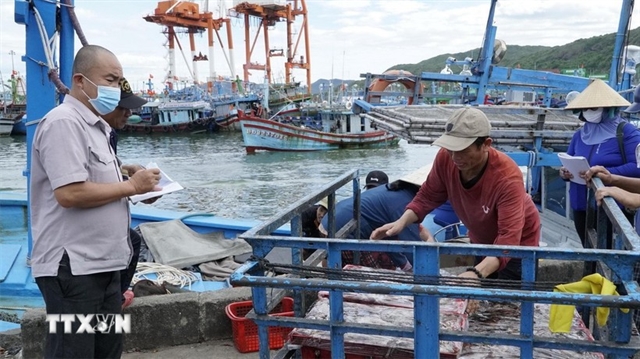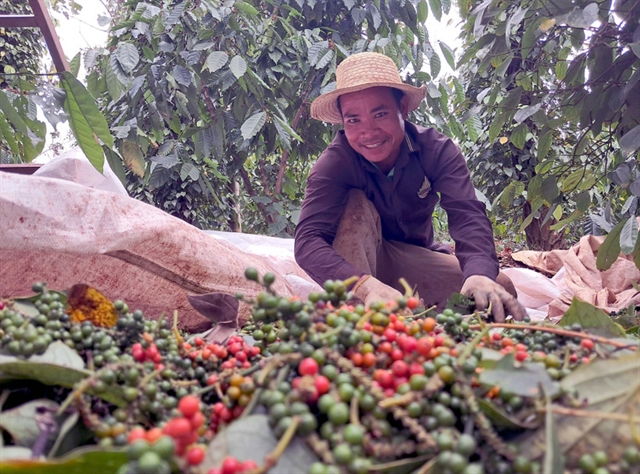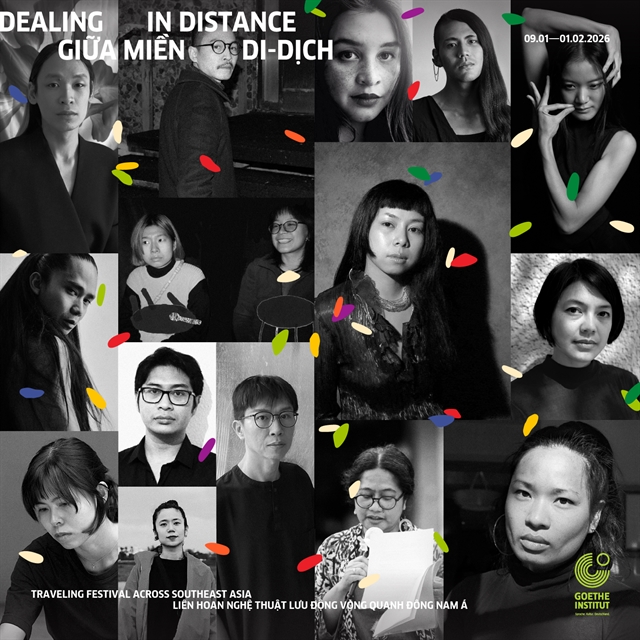 Life & Style
Life & Style
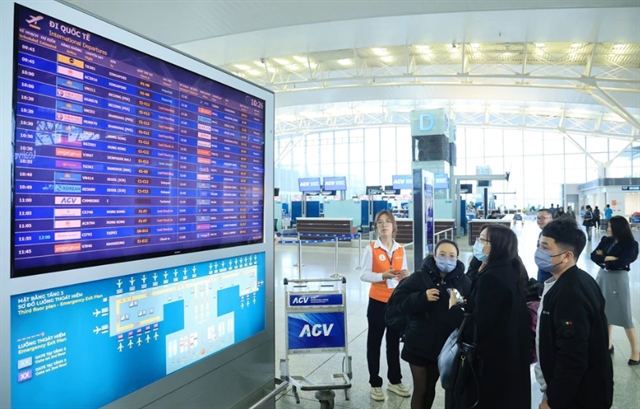
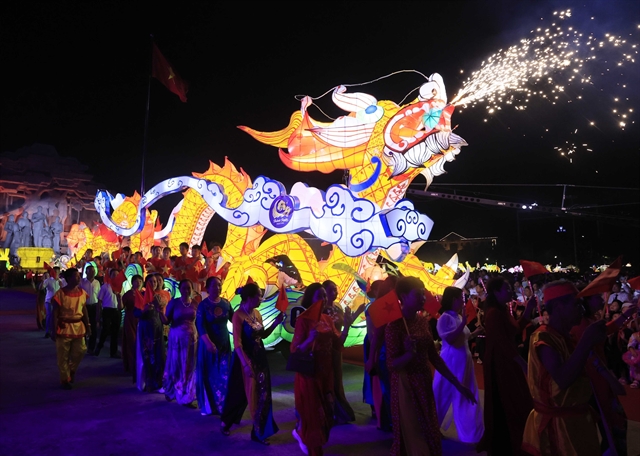 |
| The lantern parade in Tuyên Citadel Festival, Tuyên Quang Province. — VNA/VNS Photo Thống Nhất |
HÀ NỘI — Việt Nam’s traditional festivals as well as those which are shaping up their brand, are adding lustre to local tourism while spurring the country to join hands with other ASEAN member states to develop sustainable festival tourism.
One example is the Tuyên Citadel Festival, renowned for its giant lanterns, which has made the northern mountainous province of Tuyên Quang a tourism magnet during the mid-autumn festival. The festival has set several Việt Nam Guinness records for its gigantic lanterns.
Moving to the central region, Huế City of Thừa Thiên-Huế Province, dubbed the city of festivals with more than 500 royal, traditional and religious ones, has successfully organised the Huế Festival and Traditional Craft Festival over years. The event has helped the locality capitalise on its cultural heritage to promote traditional values as well as popularise local images of the ancient capital city to the world.
Meanwhile, the central coastal city of Đà Nẵng has cashed in on the International Fireworks Festival as the festival brand has been unceasingly consolidated. The city hosted over 63,000 tourist arrivals, including 19,000 foreigners at the final night of the 2023 event.
Việt Nam's leading tourist destination, the ancient town of Hội An in Quảng Nam Province, had its Full Moon Festival recognised as a national intangible heritage item in September 2023. It’s a post-harvest festival during which people gather together in celebration of a bumper harvest by making cakes and offerings from farm produce, expressing thanks to Heaven for peace and abundant crops.
The Lion and Unicorn Dances are a focus of the festival on the main stage in the Hoài River Square and along the streets of the Old Quarter.
The festival is decorated by lanterns in the Old Quarter and candle-lit paper flowers released on the Hoài River on the 14th and 15th day of the eighth lunar month. It’s also a favourite rendezvous for local people and foreign tourists visiting and exploring the culture and lifestyle of Hội An.
Festival tourism – a new trend to improve competitiveness
According to the ASEAN Secretariat, ASEAN welcomed some 143.5 million international visitors in 2019 – the time before the COVID-19 pandemic broke out, with a growth rate of 6.1 per cent, higher than the world’s average rate of 4 per cent.
Reinventing tourism services to drive competitiveness is part of the bloc’s focus to bolster post-COVID-19 recovery for the tourism sector. The development of festival tourism is seen as an effective way to open up numerous opportunities for ASEAN, including Việt Nam to sharpen its competitive edge and promote sustainable growth.
Deputy Director General of the Việt Nam National Authority of Tourism (VNAT) Hà Văn Siêu said that festivals had been considered an attractive tourism product that would help improve foreign tourist experiences and contribute to ASEAN’s tourism growth.
Festival tourism has been developed in Southeast Asia, with countries issuing policies to branch out sustainable tourism in tandem with cultural preservation, including the revival of traditional festivals, according to Siêu.
Renowned festivals attract huge crowds of tourists such as Chol Chnam Thmay festival (Cambodia), Songkran and lantern flying festivals (Thailand), boat racing (Laos) and Bali art festival (Indonesia). Traditional art performances, folk games, and culinary festivals held within the festivals are unique features that make for attractive tourism products.
The ASEAN member states are working closely to develop festival tourism, including the capitalisation of digital technologies to popularise festival tourism offerings.
A digital marketing campaign will be rolled out, targeting accessing 10 million potential tourists within a year, while digital content for regional festival tourism will be well prepared. — VNS

.jpg)

